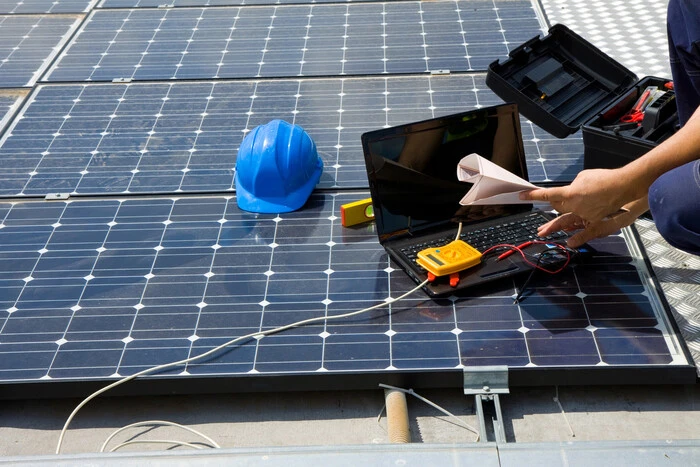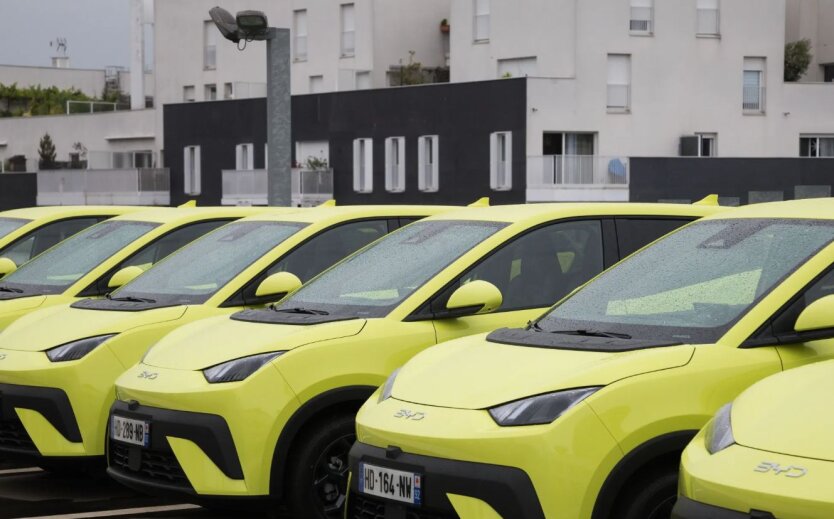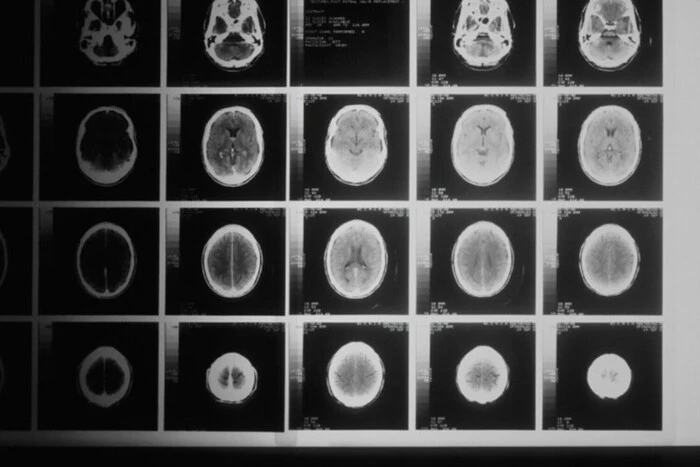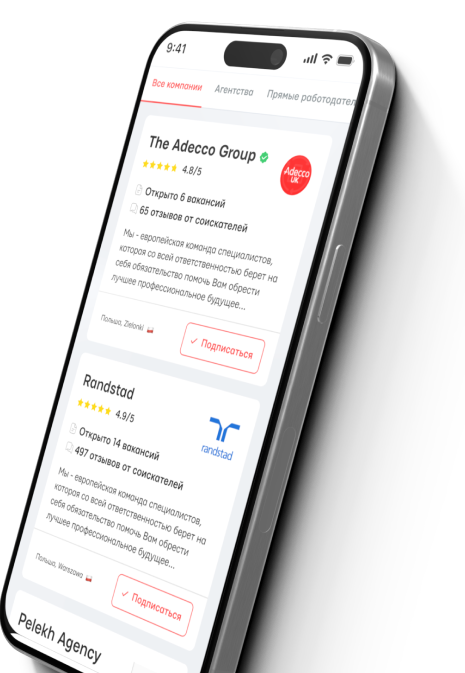How a solar power plant works: simple words about complex technologies.


A solar power plant (SPP) is a system that converts solar energy into electrical energy. Such a plant can supply energy both to a private house and to an enterprise. Experts from Yasno explained the principle of operation of such a plant.
The main components of any solar power plant are photovoltaic panels and an inverter. The panels consist of many elements that use semiconductor material. When sunlight hits the panels, reactions occur that generate direct electric current.
The principle of operation of a solar power plant
Then the inverter converts this current into alternating current, which can be used for powering a house or an enterprise, as well as for feeding into the energy system. Grid-connected SPPs generate electricity for the consumer, and the surplus can be fed into the energy system.
Autonomous solar power plants do not depend on the power grid. They use battery storage to store electricity and have controllers to regulate charging and protect against overcharging.
Hybrid solar power plants combine equipment from grid-connected and autonomous plants. They generate energy for a house or enterprise, store it, and feed it into the energy system when necessary.
Additionally, the components of SPPs include supporting structures, cables, and a monitoring and accounting system. Moreover, scientists from India have developed a prediction method for the operation of solar power plants using artificial intelligence.
Read also
- Steve Jobs Predicted the Emergence of ChatGPT 40 Years Ago (Video)
- Record May: Which Electric Cars Are Chosen by Ukrainian Drivers
- Microsoft's Artificial Intelligence Outperformed Doctors in Diagnosing Complex Diseases
- ChatGPT drastically influenced one category of job vacancies
- Beta testing of fine payments has begun in 'Reserve+'
- Operators have gained the right to block numbers: who will be affected by the new rule










